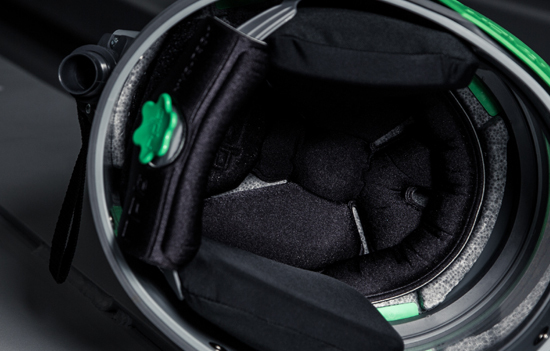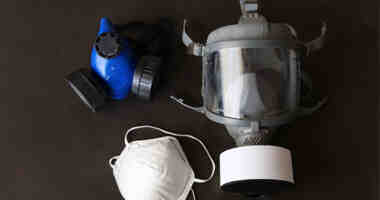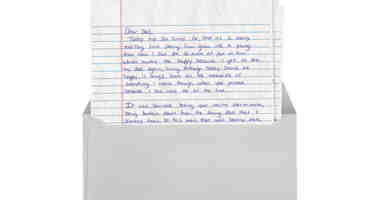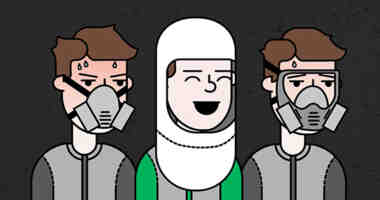
The outbreak of COVID-19 has taught us many things, among those is the importance of personal hygiene and personal space.
Respiratory Protection
In everyday life we are distancing from others to protect ourselves from the spread of germs. In industrial and medical settings, we wear respirators to protect against external contaminants in our environment. Why would we then risk our health, by wearing a respirator that has been worn by someone else so intimately close to their breathing zone?
If an operator is sick or carrying an infection and uses a respirator that is later reused by another operator, their health is then being put at risk. Because of the confined space within a respirator, there is nowhere else for contaminants to go other than directly around the breathing zone inside the headtop. Cold and flu virus-laden droplets can remain infectious for several hours and COVID-19 is believed to remain intact for up to 72 hours. The smooth surfaces and materials inside the headtop are prime surfaces for contaminants to remain alive and infectious. This creates a breeding ground for infections within the workplace, negatively impacting on employee health, and increasing the likelihood of more frequent sick days being used. The cost of having absent employees is significant to a business. Factoring in the loss of production from a staff member being off work is a good cause to consider equipping your workforce with their own respiratory equipment. This is a simple step that can be taken, which can have a big impact on reducing the likelihood of spreading sickness around at work.
As we implement best hygiene practices at work and hope to carry on these good behaviors and habits beyond COVID, communal PPE highlights a further negative effect on businesses - loss of productivity. If a respirator is worn by one team member, and then another wears the same one, the hard surfaces need to be disinfected, and padded materials need to be washed or clean parts refitted before reuse. Although this supports the team’s health, this creates a significant amount of extra work for the employees by removing them from their work as they maintain best hygiene practices, which can cause a negative impact on productivity.

Increasing your inventory to allow for one respirator per employee will see the product last longer and will give the employee a sense of ownership. Ongoing consumable costs will not increase as the same amount of work is being completed, but the respirator parts itself are likely to last longer with less frequent use. There is then the added bonus being if one respirator is out of commission, there is less of an effect on the business as less people are dependent on that respirator for their job.
By simply providing your team with a respirator exclusively for their use, you can better protect your workforce and increase productivity. There has been so much good work put in place to prevent the spread of contaminants, this is a simple way to maintain that and put your workforce’s safety first.
You wouldn’t share a tissue around your team, so why would you share a respirator?




